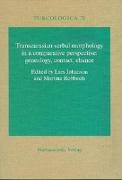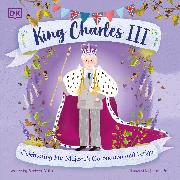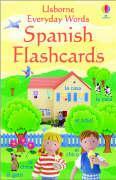Transeurasian verbal morphology in a comparative perspective: genealogy, contact, chance
BücherAngebote / Angebote:
The term Transeurasian refers to a large group of geographically adjacent languages stretching from the Pacific in the East to the Mediterranean in the West. They share a significant amount of linguistic properties and include five linguistic families: Japanese, Korean, Tungusic, Mongolic and Turkic. There is disagreement among scholars on the question whether these languages are genealogically related in the sense of an "Altaic" family. Many linguists, however, seem to agree on at least one point, namely that investigations into the striking correspondences in the domain of verbal morphology could substantially help unravelling the question. The present volume brings together prominent specialists in the field who explore potentially shared features of verbal morphology among the Transeurasian languages and search for the best way to explain them. Important issues dealt with include the following: How useful is verbal morphology really in establishing genealogical relations among languages? Is there concrete evidence for cognate verbal morphology across the Transeurasian languages? Is it possible to draw wider connections with Indo-European and Uralic? How to distinguish between genealogical retention and copying of verbal morphology? In which ways can typological similarities be significant in this context?
Folgt in ca. 2-3 Arbeitstagen




